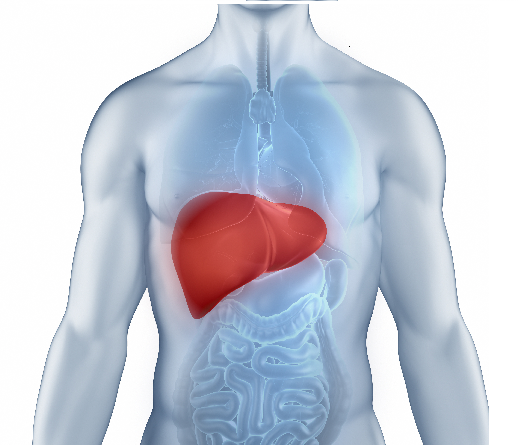7 Facts About Tuberculosis

Tuberculosis (TB), caused by a type of bacteria, is a disease that affects the lungs. According to WHO, TB is the second most fatal infectious disease after COVID-19.
Given the right conditions, TB is curable and preventable. This article delves into seven crucial facts about tuberculosis, including its causes, symptoms, warning signs, diagnosis, complications, and prevention.
What is Tuberculosis?
Tuberculosis is a bacterial infection. Although it primarily affects the lungs, it can also spread to other areas of the body. TB is a contagious disease and can spread from one infected person to another, especially in crowded places.
It can be classified into two types: latent and active. Latent TB does not cause symptoms but can develop into active TB in case of a weakened immune system.
What Causes Tuberculosis?
The bacteria Mycobacterium tuberculosis causes TB. However, different tuberculosis strains exist, and some of them have become resistant to medicine.
It is important to note that there is a distinction between tuberculosis infection and active TB disease. A TB infection develops into active TB disease when the immune system can no longer control the infection.
TB bacteria is transmitted through tiny, infected air droplets. An infected person can release bacteria into the air while speaking, sneezing, or coughing. Once inhaled, this bacteria can cause TB.
What are the Risk Factors for tuberculosis?
The following factors increase a person’s risk of contracting tuberculosis:
1. Living or Working Conditions:
Certain living or working conditions can increase one’s risk of contracting TB. These include:
- Living close to someone infected with TB.
- Traveling to a country where TB is common.
- Working in a hospital or health care.
2. Weakened Immune System:
Health conditions or diseases and some treatments that weaken the immune system can increase one’s risk of suffering from tuberculosis. Some conditions that weaken the immune system are HIV, cancer, and diabetes. The immune system is also affected by certain treatments, such as chemotherapy and long-term steroid use.
Additionally, long-term tobacco use and smoking can further weaken the immune system, increasing the risk of contracting TB.
3. Age:
Children under 5 years, teenagers and adults between 15-25 years, and older adults over 65 are at a higher risk of contracting tuberculosis. In children under 5 years of age, tuberculosis can lead to a medical condition that affects the brain and spinal column known as Meningitis.
What are the Symptoms of Tuberculosis?
Some general signs of tuberculosis include:
- Coughing blood
- Low appetite
- Fever and chills
- Night sweats
- Weight loss
- Coughing that lasts for more than 3 weeks
- Chest pain
How is Tuberculosis Diagnosed?
Doctors use different tests for TB diagnosis. These include:
1. Skin Test
In this TB test, the doctor injects the person with a special protein called PPD under the top layer of the skin. The size of the swelling developed two-three days later can help the doctor determine if the person has a TB infection. The skin test can only determine the presence of TB infection and not active TB disease.
2. Blood Test
A blood test can be recommended by the doctor to follow up the results of the skin test. Two blood tests Quantiferon and T-spot are used to detect TB infection. This tuberculosis test also doesn’t clearly indicate an active TB disease.
3. Chest X-Ray
A chest X-ray is prescribed by the doctor when the skin or blood test returns positive. Small spots on the chest X-ray can denote TB infection.
How Can Tuberculosis Be Prevented?
Here are some steps that can help prevent a TB infection or active TB disease:
- Avoiding close and prolonged contact with someone who has been exposed to TB.
- Getting tested for TB when suffering from HIV or any other health condition which increases the risk of contracting TB.
- Getting regular physical exercise and maintaining a nutritious diet to boost immunity.
- Taking the complete course of prescribed medicine when diagnosed with TB infection or latent TB.
- Keeping living spaces properly ventilated to avoid breeding germs.
What are the Complications of Tuberculosis?
Tuberculosis causes the following complications in the body:
- Lung damage
- Joint damage
- Bone, spinal cord, brain, or lymph nodes infection or damage
- Liver problems
- Kidney problems
- Heart tissue inflammation
According to WHO, about 25% of the world’s population has latent TB. While latent TB does not present any symptoms, it can develop into active TB disease. Therefore, individuals at a higher risk of developing tuberculosis should consult a doctor and look for a Dr. Lal PathLabs TB test near me to get tested.
FAQs
1. Is tuberculosis a serious disease?
While not everyone with tuberculosis bacteria gets sick, active TB disease is a serious condition that can be fatal if not treated timely. It can cause permanent lung damage and spread to other parts of the body.
2. When is tuberculosis contagious?
Latent TB is not contagious and causes no tuberculosis symptoms. However, when it progresses into active TB disease, it can spread through droplets in the air.













